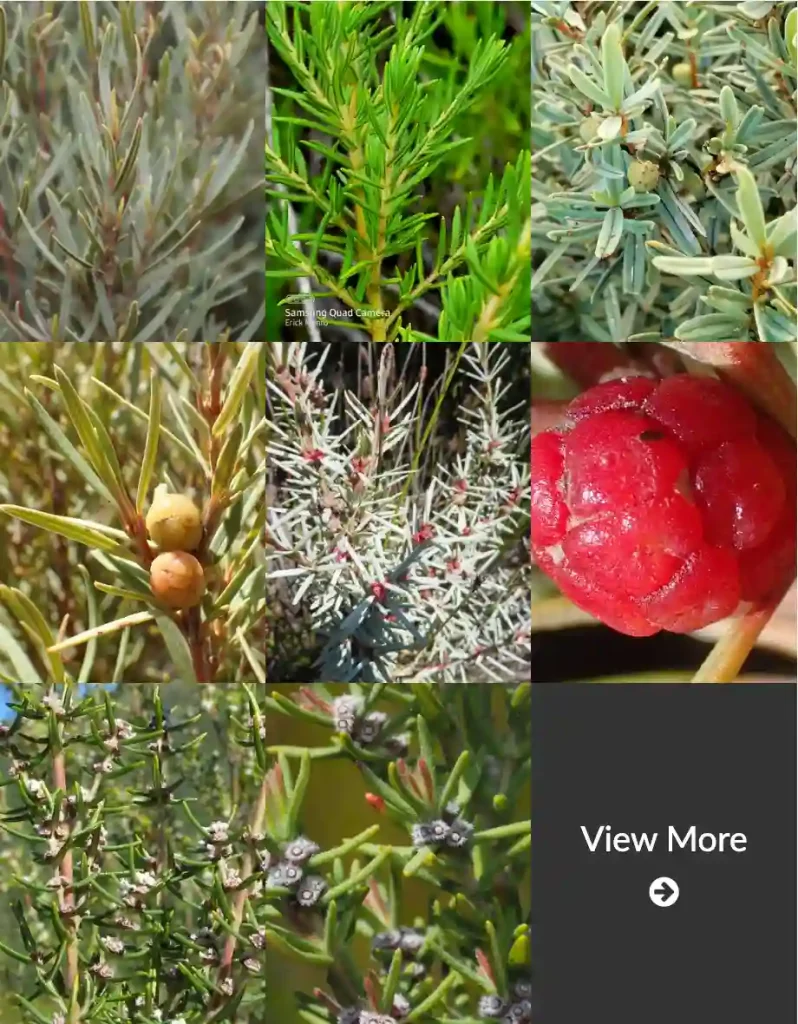Anthurium Recavum: Unveiling the Allure of this Enigmatic Aroid
Hi everyone, Ferb Vu here. Today, we’re diving deep into the captivating world of Anthurium Recavum, a plant that’s become a rising star among houseplant enthusiasts. From its captivating foliage to its unique needs, this article will unveil everything you need to know about caring for this tropical wonder.
1327 Species in Genus Anthurium
What is Anthurium Recavum?
Native to the rainforests of Colombia and Ecuador, Anthurium Recavum belongs to the Araceae family, sharing kinship with popular houseplants like Monstera and Philodendron. This epiphytic or terrestrial aroid boasts stunning, long leaves with a captivating, undulating texture. But what truly sets it apart is its metallic sheen, creating an almost iridescent effect that shimmers in the light.
The name “Recavum” itself comes from the Latin word meaning “arched inwards,” a fitting description for the plant’s distinctive veins that run deeply along the surface, resembling a miniature mountain range.
Anthurium Recavum vs. Other Anthuriums
While Anthurium Recavum might be the new kid on the block, there are several established Anthurium varieties that have captured hearts for years. Here’s a quick comparison to help you decide if Recavum is your perfect match:
Anthurium Crystallinum: Often nicknamed the “Crystal Anthurium,” this popular variety shares the textured leaf characteristic with Recavum. However, Crystallinum’s leaves are typically wider, with a more pronounced veiny network and a matte finish.
Anthurium Andraeanum: This classic beauty is known for its vibrant flower spathes, which come in a dazzling array of colors. While Recavum boasts stunning foliage, its flowers are much smaller and less showy.
Light: Both Recavum and Crystallinum thrive in bright, indirect light. Direct sun can scorch the delicate leaves, so a spot near an east-facing window is ideal. Anthurium Andraeanum, on the other hand, can tolerate slightly more direct sun.
Watering: All three Anthuriums appreciate consistent moisture but dislike soggy soil. Allow the top inch of the potting mix to dry out slightly between waterings.
Humidity: Recavum and Crystallinum prefer moderate to high humidity levels, similar to their native rainforest habitat. Andraeanum can tolerate slightly lower humidity, but misting regularly is still beneficial.
Overall: If you prioritize captivating foliage and don’t mind a less flashy flower, Anthurium Recavum is a great choice. Crystallinum offers a similar textural appeal but with a wider, more pronounced vein network. Anthurium Andraeanum remains a classic for those who love vibrant flowers alongside attractive foliage.
How to care for Anthurium Recavum?
Now that you’re smitten with Recavum’s unique charm, let’s delve into the specifics of caring for this tropical beauty.
Light: As mentioned earlier, bright, indirect light is key. South-facing windows can be too harsh, while north-facing ones might not provide enough light. Experiment and find the sweet spot for your plant.
Watering: Develop a watering routine that suits your environment. Aim for consistent moisture without letting the roots sit in soggy soil. Check the top inch of the potting mix regularly; when it feels dry to the touch, it’s watering time.
Humidity: Mimicking the rainforest humidity is ideal. Grouping Recavum with other humidity-loving plants, using a pebble tray filled with water, or investing in a humidifier are all effective strategies.
Temperature: Anthurium Recavum thrives in warm temperatures, ideally between 65°F and 80°F (18°C and 27°C). Avoid exposing it to sudden temperature drops or cold drafts.
Soil: A well-draining, airy potting mix is crucial. Aroid mixes or orchid mixes are good options, as they allow for proper aeration and drainage.
Fertilizing: During the active growing season (spring and summer), a balanced fertilizer diluted to half strength can be applied once a month. Avoid over-fertilizing, as it can damage the roots.
Repotting: As your Recavum grows, it might need repotting into a larger container. Look for signs like roots circling the pot or the plant becoming top-heavy. Repotting every 1-2 years is usually sufficient.
Troubleshooting Common Anthurium Recavum Issues
Even the most dedicated plant parent can encounter challenges. Here are some common Anthurium Recavum problems and solutions:
Brown leaves: This can be caused by underwatering, overwatering, or excessive sunlight. Adjust your watering routine and check for light intensity.
Curling leaves: This could be a sign of underwatering or low humidity. Increase watering frequency or mist the plant regularly.
Stunted growth: Insufficient light or nutrient deficiencies could be the culprit. Ensure your Recavum receives enough indirect light and consider fertilizing during the growing season.
Pests and diseases: Thankfully, Anthurium Recavum is generally pest and disease resistant. However, keep an eye out for common houseplant pests like mealybugs or spider mites. Isolate the plant if necessary and treat with insecticidal soap or neem oil.
Anthurium Recavum: Beyond the Basics – Tips for Advanced Plant Parents
For those who want to take their Recavum care to the next level, here are some bonus tips:
Propagation: While not the easiest feat, Anthurium Recavum can be propagated through stem cuttings. Research proper techniques before attempting this.
Mounting: Given its epiphytic nature, Recavum can be mounted on a cork board or coconut husk with sphagnum moss. This method requires extra attention to watering and humidity.
Showcasing its Beauty: The unique foliage of Anthurium Recavum makes it a conversation starter in any room. Display it on a stylish plant stand or hang it in a macrame plant hanger for a bohemian touch.
Remember, every plant is unique, and its needs might vary slightly depending on your environment. Observe your Recavum closely, adjust your care routine as needed, and enjoy the captivating presence of this metallic marvel in your home.
Happy planting!
If i die, water my plants!



